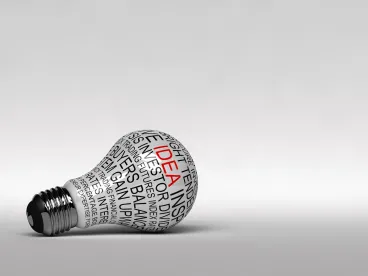Takeaway: The assignment of a publication date in the copyright line of an IEEE publication has equivalent circumstantial guarantees of trustworthiness as with other exceptions to the hearsay rule.
In its Final Written Decision, the Board determined that Petitioner had met its burden of showing that each of challenged claims 1-22 of the ’674 patent claims is unpatentable. The Board denied Patent Owner’s Motion to Exclude, as well. The ’674 patent relates to the implementation of “security protocols on transmissions over wired and wireless portions of the network.”
The Board had instituted trial based on the following grounds of patentability alleged by Petitioner: anticipation of claims 1-6 and 10-22 by Stadler under 35 U.S.C. § 102; obviousness of claims 7-9 in view of Stadler and Davidson under 35 U.S.C. § 103; obviousness of claims 1, 10-13, 17, 18, and 22 in view of Rai under 35 U.S.C. § 103; and obviousness of claims 2-9, 14-16, and 19-21 in view of Rai and Davidson under 35 U.S.C. § 103. Petitioner had provided a Declaration of its expert Dr. Armand Makowski in support of these grounds.
The Board began its analysis with claim construction, applying the broadest reasonable interpretation standard to claims 1-22 of the unexpired ’674 patent. Among the claim terms construed by the Board were “security protocol” and “packet.”
Patent Owner had filed a Motion to Exclude information including the above-mentioned Stadler reference as well as excerpts from the cross-examination of Patent Owner’s expert, Dr. Newman. In this connection, Patent Owner had “objected to Stadler on the grounds of hearsay and lack of authenticity.” The Board disagreed with Patent Owner, accepting that the publication information on the IEEE copyright line in Stadler constituted sufficient “evidence of its date of publication and public accessibility.” The Board denied Patent Owner’s attempt to exclude excerpts of the cross-examination deposition testimony of Dr. Newman as being outside of the scope of direct examination because “[i]n the testimonial excerpts under consideration, Dr. Newman repeatedly admitted a lack of familiarity with the subject matter of the ’674 patent . . . (‘I really haven’t spent very much time looking at this . . . .’)[,]” which led the Board to conclude that “[t]his testimony goes to Dr. Newman’s credibility and, therefore, does not exceed the proper scope of cross-examination.”
The Board then went on to find that Petitioner had shown, by a preponderance of the evidence, that claims 1-6 and 1-22 are anticipated by Stadler. The Board also found in favor of Petitioner in connection with Petitioner’s obviousness-based grounds, holding that “the absence of secondary considerations is a neutral factor[,]” and that since “[n]either party introduced evidence on secondary considerations of non-obviousness[,]” the Board based its decision primarily on its consideration of the first three Graham factors.
Ericsson Inc. v. Intellectual Ventures I LLC, IPR2014-00527
Paper 41: Final Written Decision
Dated: May 18, 2015
Patent: 7,496,674 B2
Before: Josiah C. Cocks, William A. Capp, and David C. McKone
Written by: Capp



 />i
/>i

